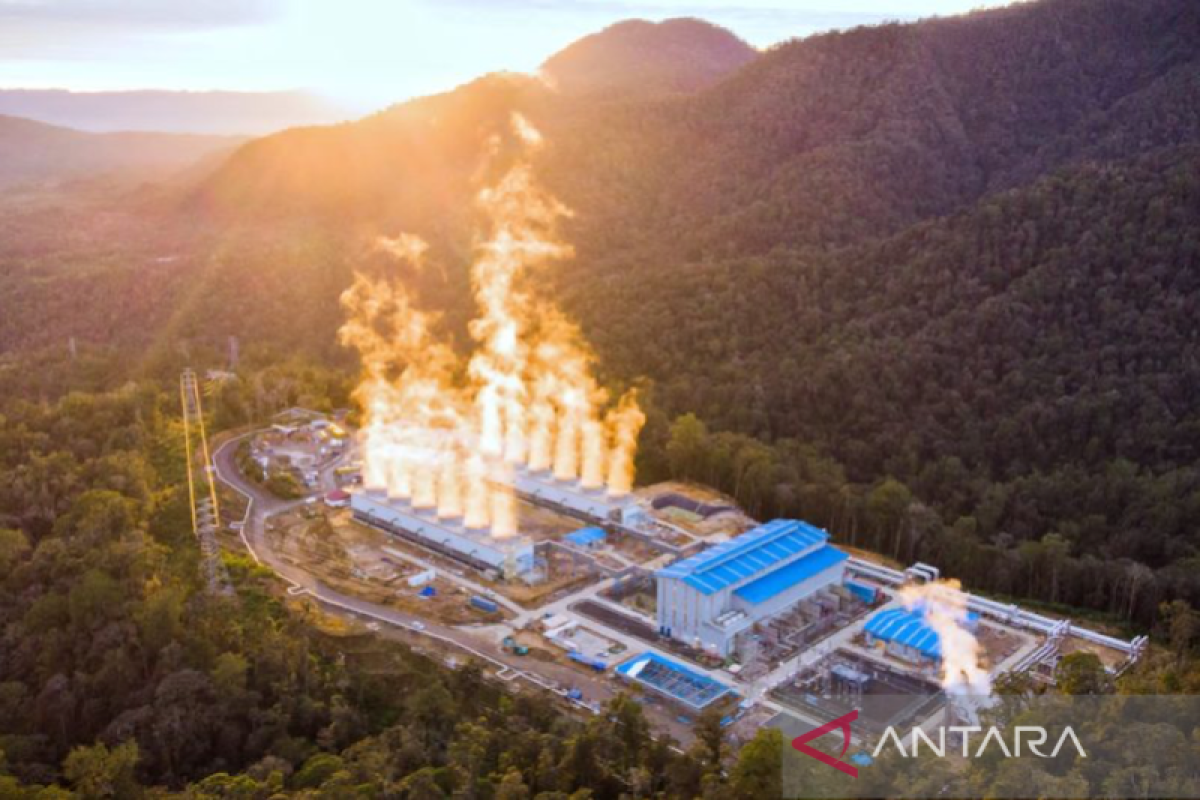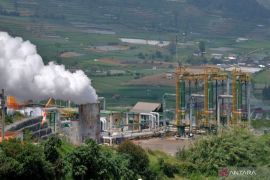This means there is nothing to worry (regarding power oversupply) due to the incorporation of new and renewable energy-based power plants to our system.Palembang, S Sumatra (ANTARA) - State-owned electricity company PT Perushaan Listrik Negara (PLN) has projected the development of new and renewable energy (EBT)-based power plants to offset a power shortage of 230 gigawatts (GW) until 2060.
The national energy production had reached 300 terawatts per hour (TWh) in 2020 (base case), while the power demand is projected to touch 1,800 TWh in 2060, PLN Senior Executive/Vice President for Risk Management Chairani Rachmatullah stated on Saturday.
Despite the government having launched the construction of fossil-fueled power plants, with a combined capacity of 35 GW, they will only contribute 21 GW (120 TWh) to the nation's power production, he noted.
"This means there will be an energy gap of 1,380 TWh (230 GW) and new and renewable energy-based power plants, which require an investment of US$500-600 billion, will most likely overcome the energy gap," Rachmatullah noted during a webinar on the role of renewable energy in improving the competitive edge during the Fourth Industrial Revolution, Industry 4.0.
Related news: Government reopens coal exports after month-long ban
To that end, PLN has readied a roadmap for the development of new and renewable energy through a plan for the addition of power plants in its 2021-2030 power supply plan, he revealed.
The roadmap also serves as a basis for the achievement of the zero-carbon target by 2060 set by the government, he affirmed.
To date, PLN's power plants have an installed capacity of 63.3 GW. Hence, PLN is planning to build more power plants, with a capacity of 40.6 GW, within a span of a decade.
New and renewable energy-based power plants are expected to contribute 51.6 percent, or 20.9 GW, to the total additional capacity of 40.6 GW.
In addition, PLN is planning to suspend the operation of thermal power plants (PLTU), with a capacity of 1.1 GW, and replace old diesel power stations (PLTD) and gas-fired power plants (PLTGM), with a capacity of 3.6 GW, so that PLN's power plants will have a total capacity of 99.2 GW in 2030.
Related news: RI slashes 10.37 million tons of carbon emissions from power plants
Despite the construction of power plants, with a capacity of 35 GW of which 34 percent, or 13 GW, comes from thermal power plants (PLTU), PLN remains committed to incorporating the new and renewable energy-based power plants to the national electricity system, he stressed.
"This means there is nothing to worry (regarding power oversupply) due to the incorporation of new and renewable energy-based power plants to our system," he stated.
To achieve the target of increasing its new and renewable energy mix to 23 percent in 2025, PLN has formulated several plans for accelerating the licensing process, exploration and land clearance for the construction of geothermal power plants (PLTP), with a capacity of 1.4 GW, and hydro power plants (PLTA), with a capacity of 4.2 GW.
Related news: Expect APHI to be partner in sustainable forest management: ministry
Related news: Children under 12 may visit Ancol during level 3 PPKM
Translator: Dolly Rosana, Suharto
Editor: Fardah Assegaf
Copyright © ANTARA 2022












